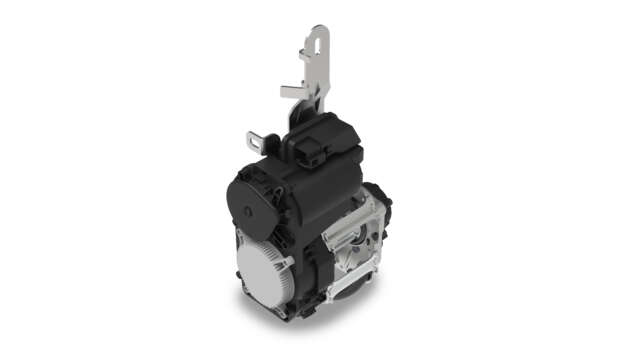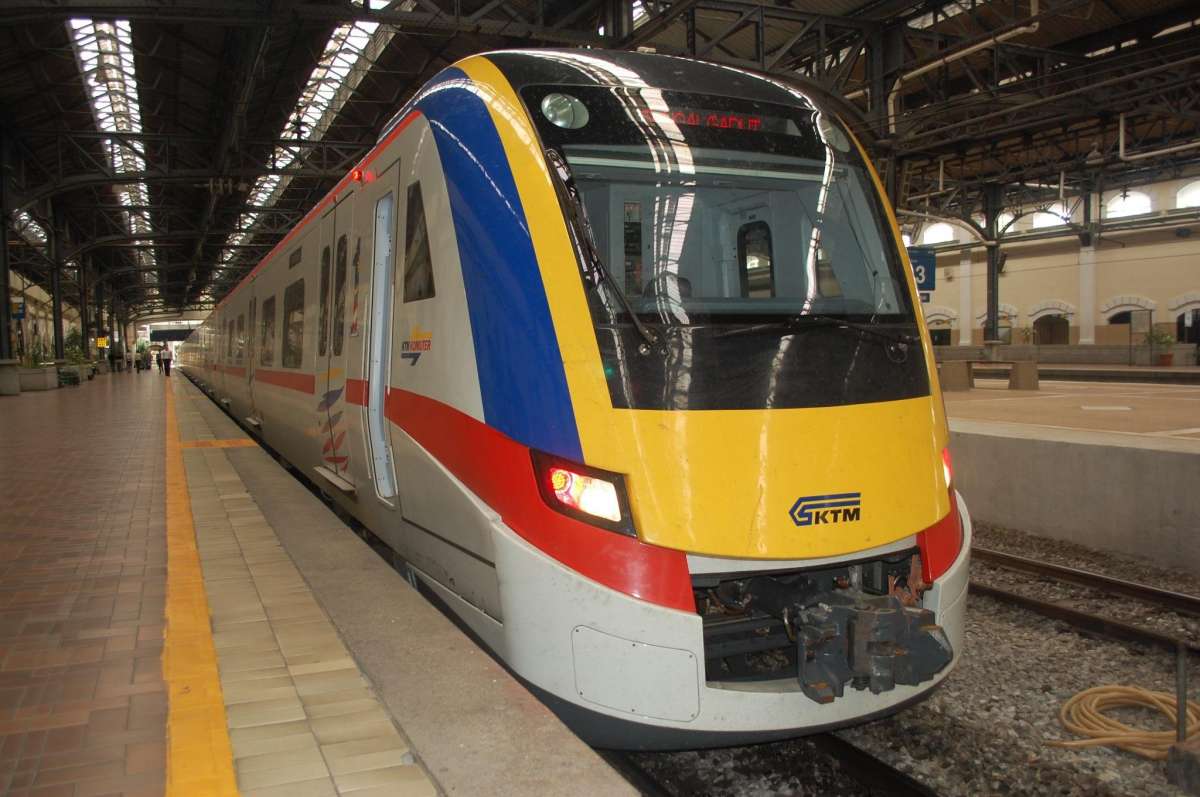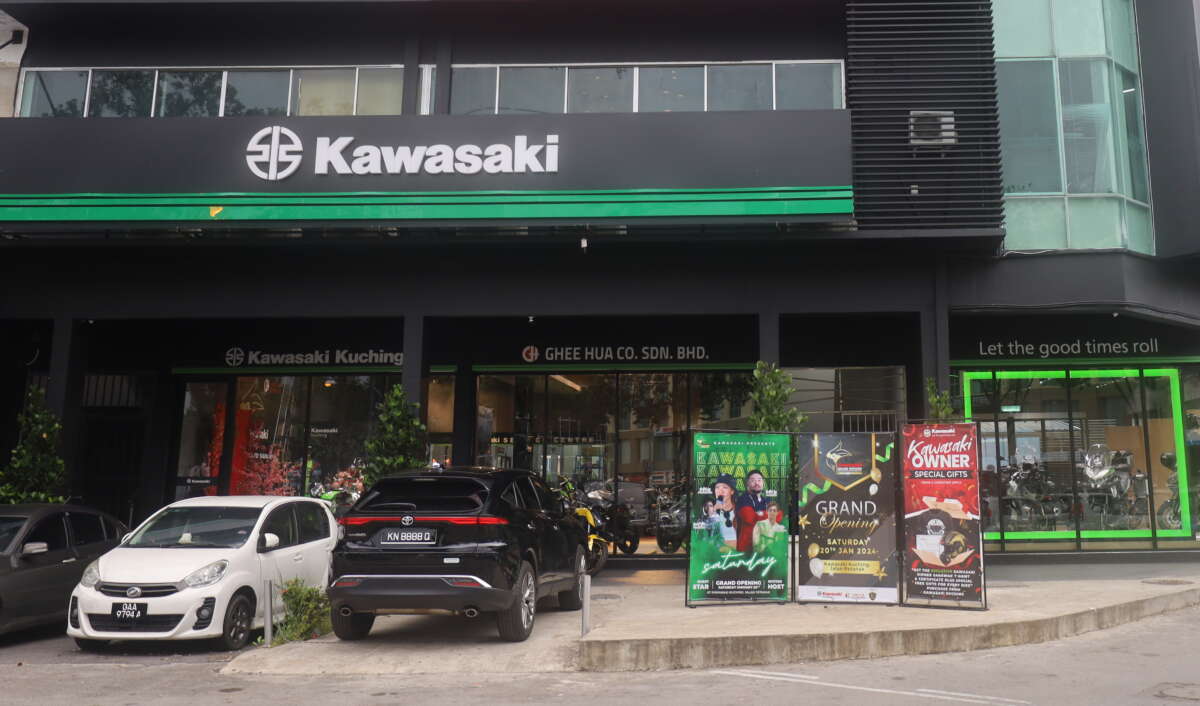ZF unveils multi-stage load limiter smart seat belt – potential for networking with cameras, sensors

Advanced driver assistance systems and myriad other forms of active safety equipment tend to attract the limelight where vehicle safety is concerned, though the seat belt should not be overlooked. After all, this has been credited with saving over one million lives in vehicles since the 1960s.
Automotive components manufacturer, ZF Passive Safety Systems has unveiled its latest seat belt innovation, the smart seat belt which features a multi-stage load limiter as its core technology that essentially adapts the restraining force of the seatbelt according to the size of the occupant seated in position.
Many seat belt systems already feature a two-stage controllable load limiter (SLL) in order to reduce the forces sustained by a vehicle occupant’s body in the event of a crash, though the now-introduced multi-stage load limiter (MSLL) refines the idea again, now making it possible for the system to respond more uniquely to occupants of different physical sizes, to better manage the forces over the whole course of a crash.

Sensors in the seat belt system can measure the length of belt pullout, and thus draw conclusions about the occupant’s body circumference, and therefore their height and weight.
This system can also be paired with sensors inside and outside the vehicle, giving engineers more data to work with for scenarios such with interior cameras to detect when an occupant is relatively out of position, such as when the driver reaches out to operate the infotainment system, or when the passenger turns their head towards the rear passengers.
The possibility of connecting exterior radar and camera systems to the MSLL seat belt system will also enable the networked ensemble to anticipate which direction an impact will be coming from, enabling it to better protect smaller, lighter occupants, such as children in the rear seats, in moderate impacts at speeds of up to 35 km/h.
At the same time, this also benefits older occupants with a higher risk of injury due to age-related change in bone structure. This system can also potentially improve occupant safety for heavy occupants in overload accidents, or impact speeds above 56 km/h.
Looking to sell your car? Sell it with Carro.




Leave a Comment